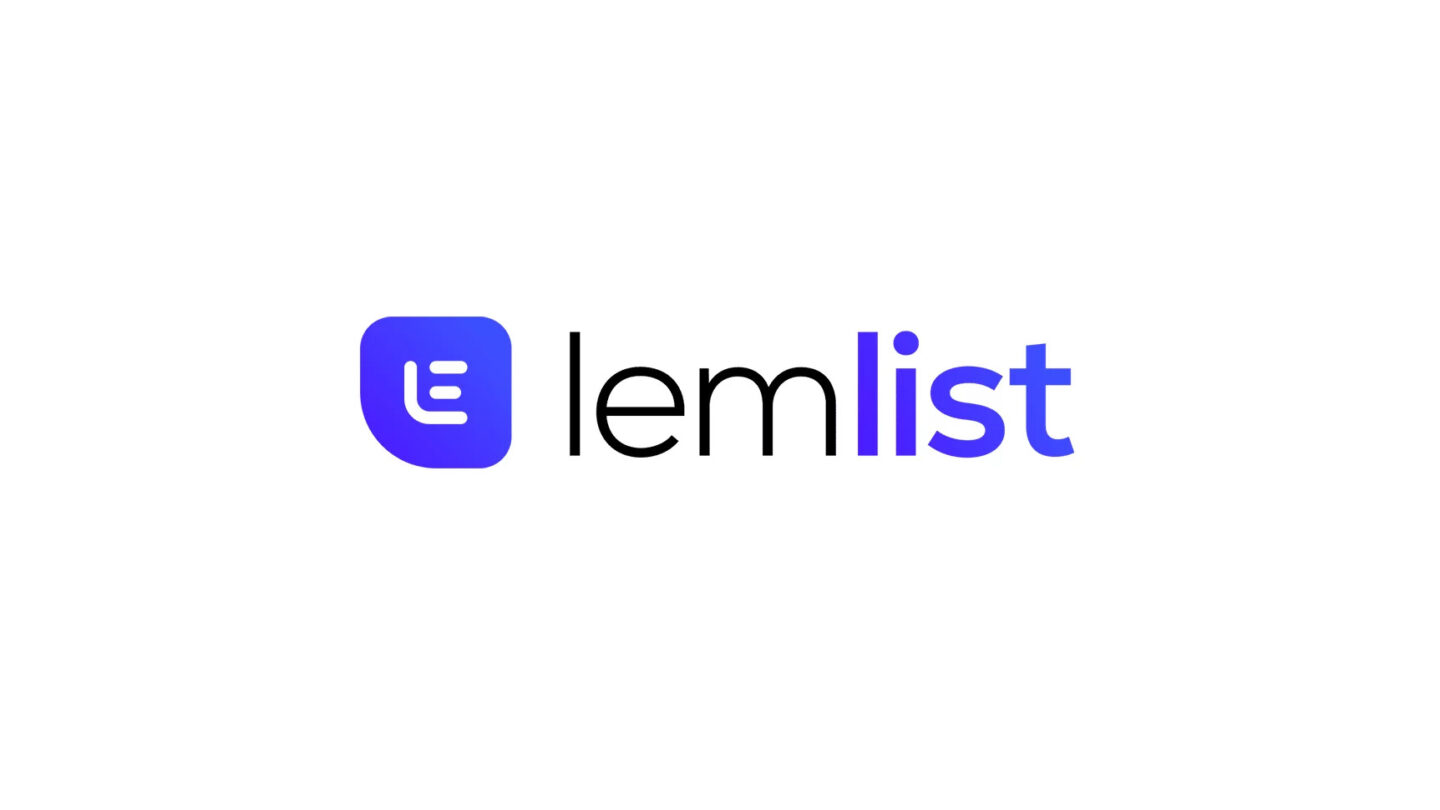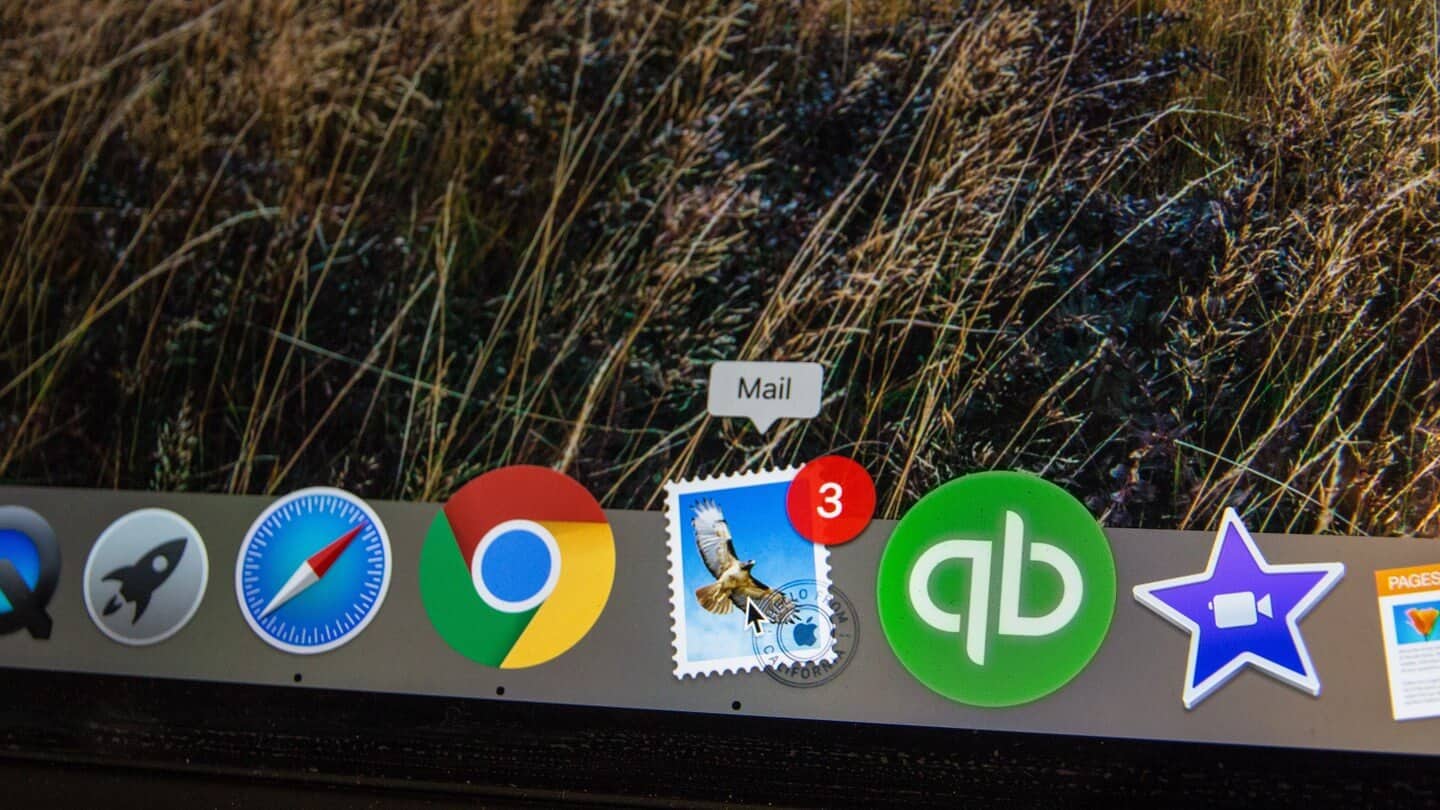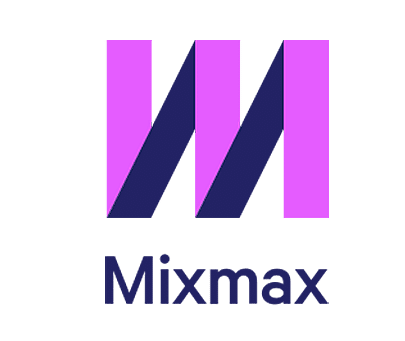Outbound sales
What are the best techniques for commercial prospecting? Can email prospecting really work? Does cold calling still work? Does social selling work? What do you mean that cross-channel is not a miracle solution either?
Sales prospecting has its share of myths, and no matter what some people say, there is no quick fix. Even if you use Zapier & Phantombuster, I promise you…
In this guide, we look at the different prospecting techniques, with their strengths and drawbacks, orders of magnitude of KPIs to situate yourself, and a methodology for building your sequences, cross-channel or not.
Telephone canvassing
Although commercial prospecting has evolved a lot in recent years, thanks in particular to automation, there is nothing like a well-run cold calling campaign. What tools should you use? How to organise and motivate your teams? How to prepare calls? Experienced practitioners give us the keys to getting the most out of your cold calling campaigns.
cold calling: some figures
If you start cold calling, you will need to be able to draw the conversion funnel fairly quickly:
- How many calls can a salesperson (typically an SDR) make per day? Count between 50 and 80 in terms of capacity. Note that some IP telephony solutions (and in particular auto-dial) allow significant performance gains.
- What is the rate of (really) connected calls? Please note that we are not talking about having had an automatic switchboard on the phone, or having been able to leave a message. The question is: did you manage to communicate with the decision-maker you are targeting? This rate varies too much depending on the target to give a relevant order of magnitude, but it is essential to monitor it precisely.
- What is the number of appointments you get for every 100 calls made? Here, aim for 2% or more, and count on 1% in your forecast.
- How many sales do you get on your initial appointments? If your conversion rate is below 30% here, there are two options:
- 1. Your appointments are under-qualified. Re-evaluate the conditions for accepting a sales appointment
- 2. Your sales pressure is not sufficient. We haven’t talked about the sales cycle, but it’s obviously highly correlated to each of these rates. An appointment to sale conversion rate that is too low is almost always due to prospects who are "hanging around" in the funnel and keeping your salespeople busy when they will never convert. Be more aggressive, even if it means getting more rejections. Your conversion rate will increase rapidly.
To go further
Prospecting by email
"No one reads their emails anymore," we are told. But it works. And very well. Email remains one of the favourite channels for both marketers and sales teams, and for good reason. We’ve put together a collection of our best practices for successful email prospecting, to ensure you get the best read and response rates.
Does email prospecting work?
Prospecting by email is generally very popular because there is the idea that you spend less time sending an email than making a phone call. Above all, some people still dream of mass campaigns where the same message is sent to several thousand prospects.
In reality, and for a variety of reasons, this approach almost never converts.
The bulk of the cost when prospecting by email is in the pre-qualification and generation of the prospecting file.
This is why conversion rates are key.
Good email prospecting campaigns are therefore at least as time consuming as cold calling campaigns. The only problem is that the time spent qualifying prospects and enriching prospecting files costs often (and not always at all) less expensive.
A good way to address the traditional divide between email and cold calling is therefore to ask yourself about the complexity of the sale, and the ease of obtaining data on the companies you are targeting.
The larger the organisations you target, and the more complex your sales, the more sense it makes to prospect by email. As long as you do it properly, and invest in the quality of your prospecting database at least as much as you would in a cold calling team.
To go further
Social selling: the future of B2B sales?
Social selling is often presented as the future of prospecting. In reality it is not that simple.
First of all, most of those who look into social selling (not all of them, fortunately) are the same ones who are reluctant to pick up the phone to make a phone call or spend an hour qualifying and cleaning up a prospecting file of a hundred lines, which is not a very good sign.
Secondly, Linkedin gives a kind of impunity and distance, where some people feel legitimate to contact everyone & anyone. Even if it’s on Linkedin, and your "open rates" will therefore be high, it’s rather a very bad idea: even more potential customers will see your horrors errors…
Let’s face it, prospecting on Linkedin can be extremely effective once you’ve built a real authority platform. But before that, it’s about as powerful as an email (so rather less powerful than a phone call), but much less practical. The only advantage is that you are forced to stop at 300 characters, and therefore to think a little bit about your message.
What works very well on linkedin is the social aspect. It is, for example, a very powerful platform for getting someone to recommend you. You can easily identify a common person who can make the connection. And recommendation is an extremely powerful lever.
Linkedin also makes it relatively easy to build up an authority. And this authority is very easily identifiable… on linkedin.
Whatever happens, social selling is a channel that becomes really interesting when you are looking for efficiency gains on prospecting campaigns, a commercial message, and well-tested sales processes. Without it, don’t expect miracle results.
To go further
Multi-channel: a miracle solution?
cold calling, email prospecting, and social selling are all decried for quite different reasons, but always with a somewhat similar argument: prospects don’t want to listen to you.
Cross-channel or multi-channel would then be the miracle solution to make people want to listen to you. We are told here and there that multiplying the channels (and therefore the complexity of your processes) works every time.
It’s true, for those who say so. If you increase the complexity of your processes, you become much more comfortable with paying for help… But not sure if you sell more.
In reality, multiplying the channels is drowning out the fish.
The real motivation behind these different channels is in scalability, i.e. the ability to scale up with costs decreasing, constant, or less increasing than the revenues generated.
The best way to build a sales pitch is (and always will be) to be in contact with your prospects and customers. On the phone, or at trade fairs.
If you can identify the right customer type and sales pitch, you can take it to the next level by adding email to your mix to increase the rate of connected calls, and generate more qualified leads with the same capacity.
And when you have an email/phone mix that really works, you can add an additional channel (e.g. linkedin) to gain even more efficiency, connect with even more leads (at constant capacity), and further increase your conversion rates.
To go further
In all cases, data is the key to success
We have prepared a number of ready-to-use and regularly updated prospecting files. You will find prospecting files by profession, and / or by region. If you have more specific needs, we can also help you find the file of your dreams, don’t hesitate to contact us!
Don’t forget to equip your teams properly
Having good ideas is good. Being able to implement them is better. Here you will find our selection of the best prospecting tools to automate repetitive tasks, measure and optimise your impact, better organise your campaigns, find ultra-qualified prospects, score your leads, and improve the quality of your campaigns





















